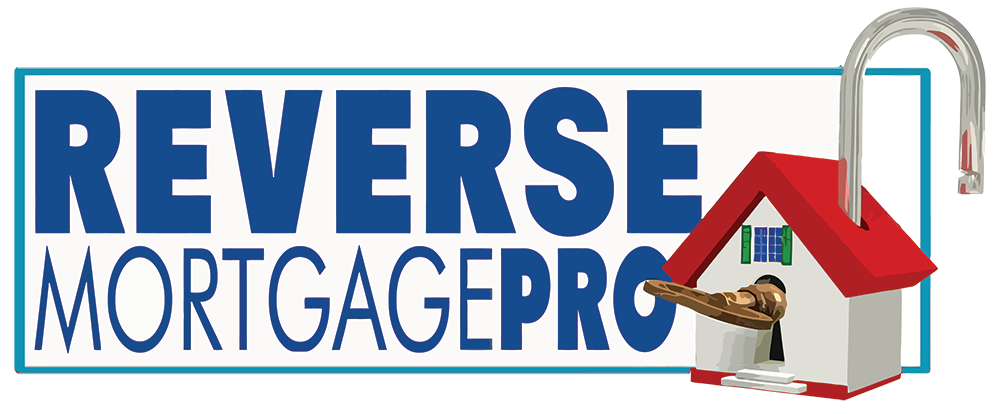Reverse Mortgage
Guide
What Is a Reverse Mortgage?
Reverse loans are reliable means for older homeowners to convert their home’s value into tax-free cash without selling or moving. Insured by the U.S. government, the Department of Housing and Urban Development (HUD) allows homeowners age 62 or older to borrow against the equity of their homes.
How Does It Work?
Qualified homeowners can receive payments from reverse mortgage lenders as a fixed tax-free payment, a lump sum, or a line of credit. They can also opt for monthly or interest-only payments or pay toward the principal. Payments aren’t required while the borrower lives in the primary residence.
However, the lenders must recover the loan amount and interest when the homeowner moves out or passes away. Once the loan has been fully repaid, all equity associated with the property will be distributed to the borrower’s heirs.
Things To Keep in Mind
Reverse mortgages let homeowners continue to own their houses, and the amount owed accumulates over time because no monthly payments are due. That means the loan amount and remaining equity decrease unless the property value grows enough to offset the balance increase. This loan requires only minor income or credit checks and does not affect Social Security and Medicare benefits.
Additionally, borrowers must continue paying homeowner’s insurance and property taxes during the load period. They are also responsible for keeping up with repairs. Just like without a mortgage, failure to adhere to these obligations may cause the loan to become due.


Do I Qualify for a Reverse Mortgage?
Borrowers must be 62 or older and occupy the home as their primary residence for most of the year. They must own the house outright or have a balance on the existing loan that can be paid off from the reverse mortgage proceeds. A spouse under 62 can also qualify for protection under the program’s terms.
Each borrower listed on the title must apply for the reverse mortgage loan, attend a free HUD counseling session, and sign the loan papers. The HUD counseling can be done in person or over the telephone.
Does My Home Qualify for a Reverse Mortgage?
First, your residence must meet HUD standards. The reverse mortgage must also be the only loan held against the residence. That means that if there is a current mortgage on the property, it can be paid off with the reverse loan proceeds.
The usual qualifying homes are single-family, one-unit, and two- to four-unit, owner-occupied residences. You may ask your trusted lender if the following also qualify for reverse mortgages:
- Condominiums
- Manufactured Homes
- Planned Units
- Residential Developments
How Is the Loan Amount Determined?
The amount of the loan is calculated based on:
- The age of the youngest borrower
- The appraised value of the property
- The borrower’s minor income and credit history
What Are My Reverse Mortgage Options?
HECM — The home equity conversion mortgage (HECM) is the only reverse mortgage insured by the Federal Housing Administration (FHA). It offers four draw options:
- Monthly Income for a Fixed Term or Life
- Line of Credit
- Lump Sum
- Any Combination of the Above
The FHA guarantees that HECM lenders meet their obligations, governs the loan amount qualified homeowners can borrow, and limits loan costs. Because this is a government-insured program, loan counseling by an approved HUD counselor is also required.
Find Out if You’re Eligible for a Reverse Loan
With our reverse mortgage guide, you can make an informed decision and confidently apply for a reverse loan. Schedule an appointment with Reverse Mortgage Pro for more details or personalized assistance. Our credited lenders cater to clients in Richmond and Hampton Roads, Virginia.


